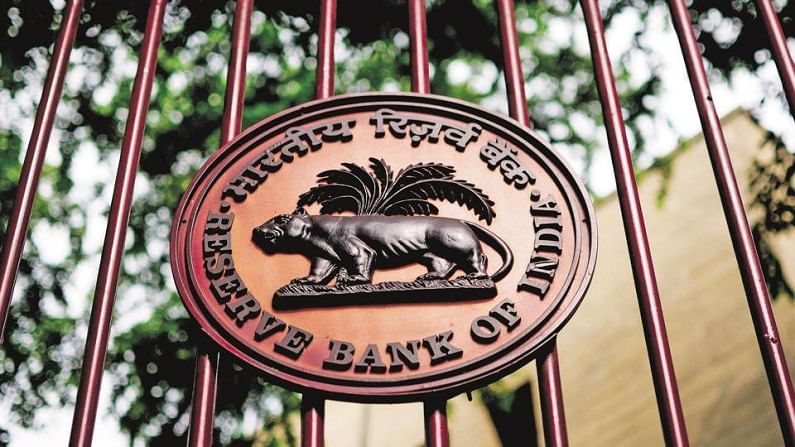RBI proposes uniform regulatory framework for microfinance sector
RBI also suggests no requirement of collateral, and greater flexibility of repayment frequency for all microfinance loans

Mumbai: The Reserve Bank on Monday proposed a uniform regulatory framework for the microfinance sector, wherein MFIs can provide collateral-free loans to households at board-determined interest rates.
Microfinance is a form of financial service which provides small loans and other financial services to poor and low-income households.
The key proposals of ‘Consultative Document on Regulation of Microfinance’ include a common definition of microfinance loans for all regulated entities, capping the outflow on account of repayment of loan obligations of a household to a percentage of the household income, and a board approved policy for household income assessment.
It also suggests no requirement of collateral, and greater flexibility of repayment frequency for all microfinance loans.
As per the consultative paper released by the RBI on Monday, a microfinance loan would mean collateral-free lending to households with annual income of Rs 1.25 lakh in rural areas and Rs 2 lakh at urban and semi-urban centres.
The entities engaged in microfinance lending will be required to display board-approved minimum, maximum and average interest rates charged on loans. They will also be required to disclose pricing related information in a standard simplified fact-sheet.
There will be no-prepayment penalty, said the consultative paper on which the RBI has invited comments from the stakeholders by July 31.
On pricing related guidelines under Fair Practices Code, the paper proposed that the board of each NBFC-MFI shall adopt an interest rate model taking into account relevant factors such as cost of funds, margin and risk premium and determine the rate of interest to be charged for loans and advances.
“The rate of interest and the approach for gradations of risk and rationale for charging different rate of interest to different categories of borrowers shall be disclosed to the borrower or customer in the application form and communicated explicitly in the sanction letter,” it said.
It also suggested that the rate of interest must be annualised rate so that the borrower is aware of the exact rates that would be charged to the account. Also, NBFC-MFIs should mention the penal interest charged for late repayment in bold in the loan agreement.
As per the extant guidelines, the interest rate should be lower of cost of funds plus a margin of 10% for NBFC-MFIs with loan portfolio exceeding Rs 100 crore and 12% for others; or 2.75 times of the average base rate of the five largest commercial banks.
Currently, loan is repayable on weekly, fortnightly or monthly installments at the choice of the borrower. The paper proposes the periodicity of repayments.